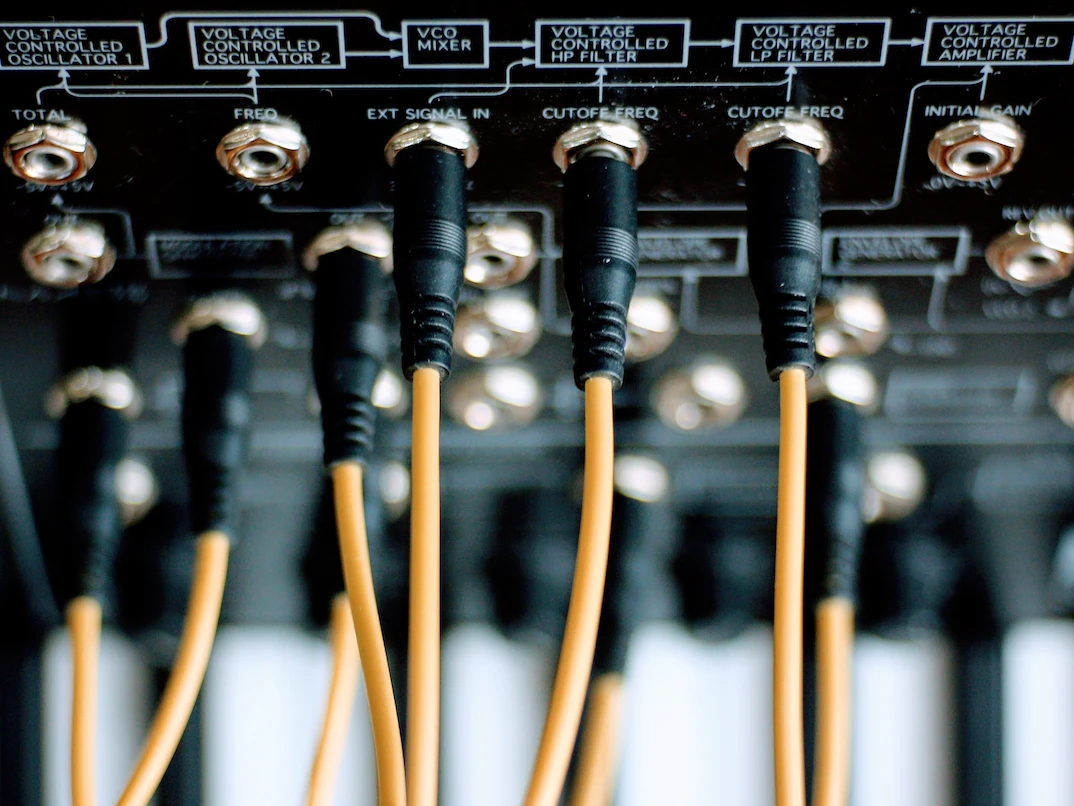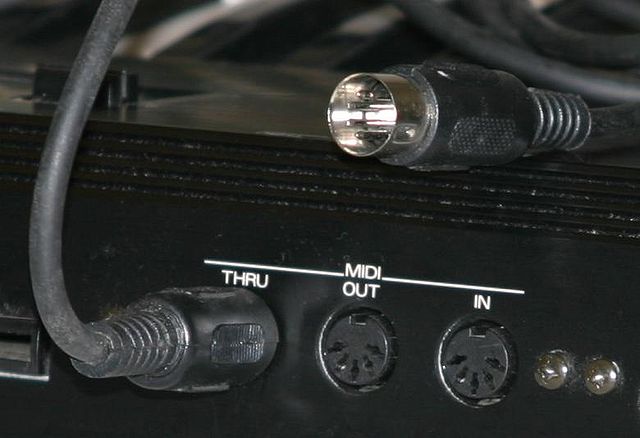A gate signal in a modular synthesizer is an electrical signal used to control the duration of a sound. It is a binary signal frequently used to activate envelopes and other sound amplitude-controlling modules.
A gate signal is typically a positive voltage signal that rises when a note is played (for example, to 5V) and falls (for instance, to 0V) when the note is released. By turning it on and off, it is used to regulate the length of the sound. It can also be used to activate other modules, such as an envelope generator, which governs the sound’s amplitude.
Gate signals can be sent to different modules using patch cables and are typically produced by a gate-source, such as a keyboard or sequencer. They make it possible to precisely control the sound’s duration, enabling the creation of intricate rhythms and patterns.
In a nutshell, the duration of a sound is controlled by an electrical signal called a gate signal in a modular synthesizer. It is a binary signal that is frequently used to activate the envelopes and other sound amplitude-controlling modules. The duration of the sound can be precisely controlled, enabling the creation of intricate rhythms and patterns. It is typically produced by a gate-source, such as a keyboard or sequencer, and can be sent to various modules via patch cables.




